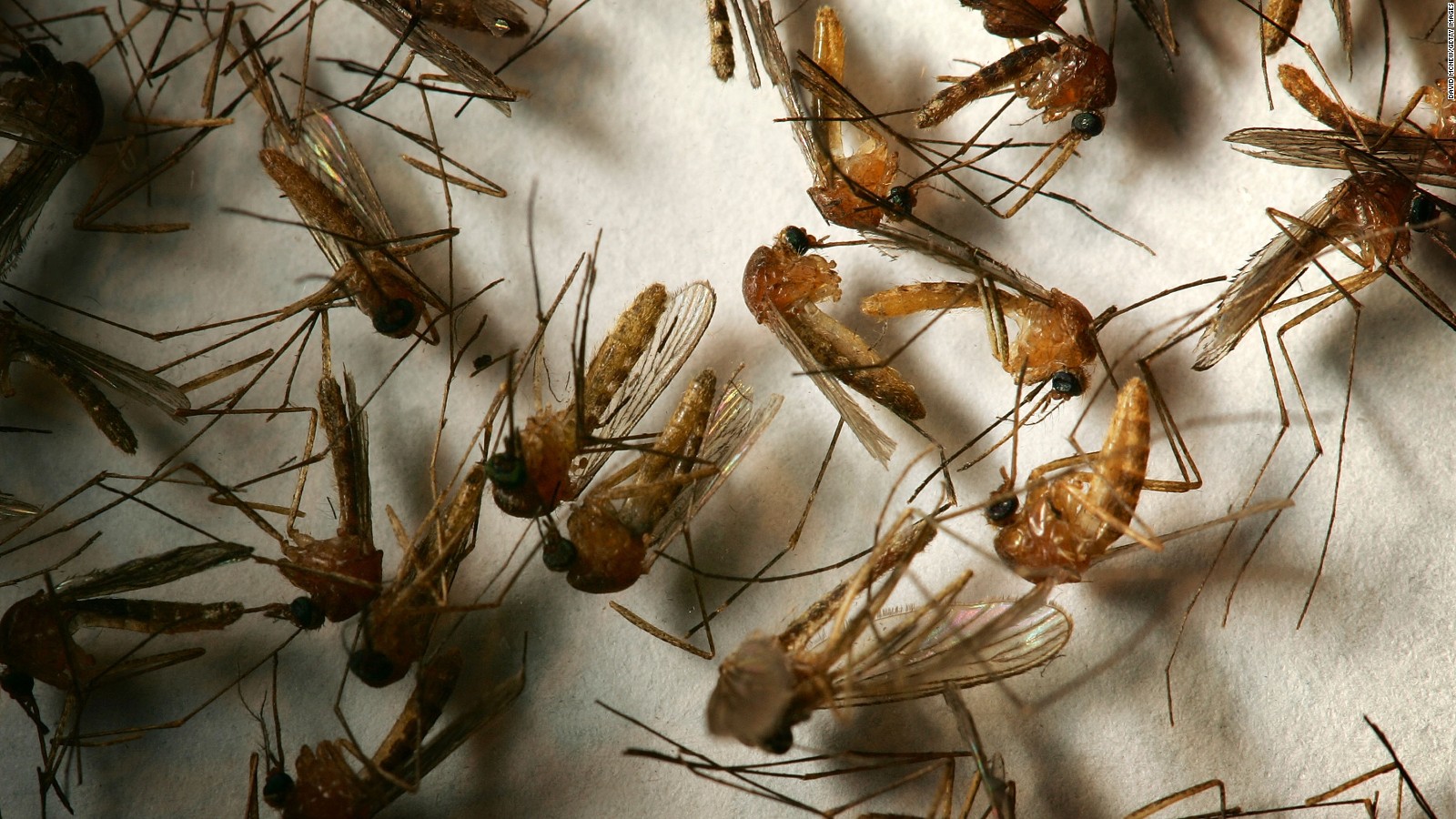There were 2,647 cases of West Nile virus last year, the CDC said, which is 550 more cases than the year before. The virus's most severe form -- neuroinvasive disease, which can cause inflammation in the brain -- was also more common last year than in years prior, according to the agency.
"I think [the report] confirms and says again that this is a significant problem in the US, that we have a couple thousand people getting very serious neurologic infections," said Dr. Mark Mulligan, director of the division of infectious diseases and immunology at the NYU Langone School of Medicine.
The increase in cases was modest, he said, and "there have been some years within those past years that have been this high, so I think there's fluctuation year-to-year."
Still, "what the report tells us is, as in years past, West Nile virus is the most frequent cause of neuroinvasive disease."
Cases reported across the country
The new data also reveals changes in where infections are found, said Sadie Ryan, an associate professor of medical geography at the University of Florida.
"It's up a little bit," she said, "but places that previously had really large numbers have less than they did, like Arizona and California." Those are states "with historically large numbers of cases," according to the CDC.
One explanation for the geographic shifts, Ryan said, could be that previously impacted regions are better prepared to track and control mosquitoes. "In places where it first popped up, it's now part of the surveillance and control efforts, so we know when to detect it, people know to spray themselves and dump their water," she said.
"It started in New York, in the Northeast, and then over the last roughly 20 years it has spread all the way across the country," said Mulligan, the NYU professor.
Last year, there were just 278 neuroinvasive infections in all of New England and the Mid-Atlantic. Meanwhile, Illinois alone saw 126 cases, while Texas reported 108.
In states long impacted by infections, like New York, people likely have greater protective immunity against the disease, Mulligan said. Only about 1 in 150 people with West Nile virus develop serious illness, according to the CDC, meaning that many cases are asymptomatic but still protect against future infection.
"A lot of people are getting infected and have no symptoms at all," Mulligan said.
"What happens is that a population develops herd immunity," he added. "Populations as a whole become relatively immune, and so the numbers of cases, as shown [in this report], are lower in many areas."
The highest incidences of infection in 2018, for example, were in Nebraska and the Dakotas. States like those "are probably areas where, in past years, there hasn't yet been a real heavy infection, so there's a higher proportion of non-immune, susceptible individuals."
How to protect against mosquito-borne disease
For those who are affected by West Nile virus, the consequences can be severe and even deadly. People over 60 years old are at greater risk for severe symptoms, which can include high fever, paralysis and even coma.
Among those who develop serious illness affecting the central nervous system, about 10% die, and in those who survive, damage can be permanent.
West Nile is transmitted by mosquitoes, making it an arbovirus -- a type of virus transmitted by bugs. There is currently no vaccine, so controlling mosquitoes is the best way to prevent infection, said Ryan, the University of Florida professor.
"Prevention is really about protecting yourself," she said. "So long sleeves, long pants, bug spray, and thinking about when mosquitoes are out." Being outside around dusk may be nice, Ryan said, but that's when mosquitoes are most likely to bite.
The CDC also tracked other arboviruses, including the tick-borne Powassan virus, which can infect the brain and lead to death. Last year, the CDC saw its first reported case of Powassan transmitted person-to-person through a blood transfusion, and the rare disease recently killed one New York resident.
The US also saw 86 cases of La Crosse virus last year. The infection is spread by mosquitoes, according to the CDC, and can lead to inflammation of the brain, seizures and paralysis. Severe disease occurs most often in children, the agency says.
"More La Crosse virus disease cases were actually reported in the 2018 data than in any year since 2011, and it's the most common cause of neuroinvasive arboviral disease in children," said Ryan. "People who are scared about their kids getting nasty diseases should be thinking about La Crosse."
Why the CDC has been receiving more reports of the virus, though, remains unclear.
"It may be increasing," Ryan said, "or we may be improving detection of cases."



No comments:
Post a Comment